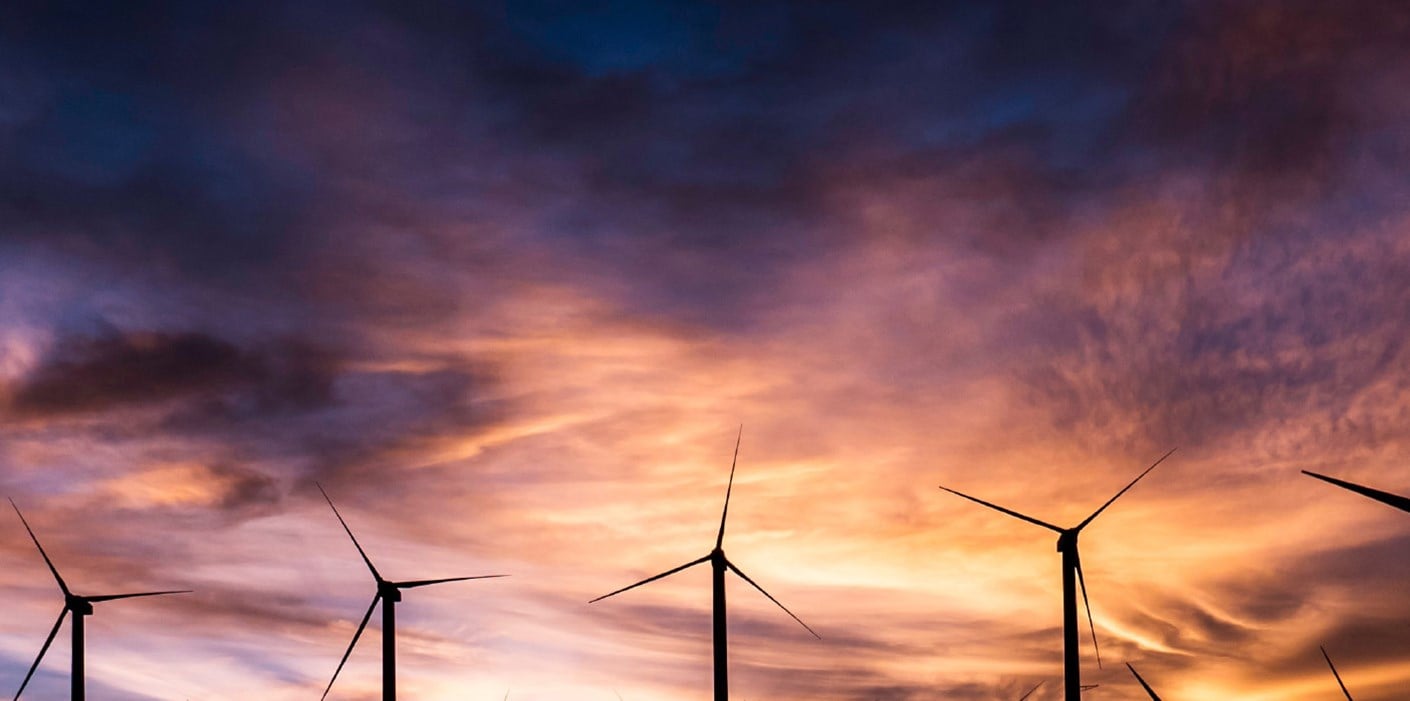ERM was commissioned to assess supply, cost, and infrastructure projections of clean hydrogen through 2040 as a greenhouse gas (GHG) emissions reduction strategy for the power sector. This report summarizes the findings and includes results of an ERM analysis that estimated costs of clean hydrogen production and delivery as a point of comparison to the available literature and to illuminate how assumptions impact delivered costs.
The available literature provided various projections for clean hydrogen supply, infrastructure, and associated costs while demonstrating commonalities in key drivers that will shape real-world outcomes through 2040. Key findings from the report include the following:
- The projected supply and infrastructure for clean hydrogen are influenced by factors related to costs, technological improvements, end use demand, geographic constraints, policy and regulatory considerations, and available workforce.
- Supply projections across all sectors in 2030 ranged from 10 million metric tons (MMT) to 16 MMT increasing toward 2040 to range from 20 MMT to 30 MMT.
- Levelized cost estimates for domestic clean hydrogen production ranged widely across the literature, though it is clear the tax credits available through the Inflation Reduction Act of 2022 had a meaningful impact on these costs. Across all studies, production costs are projected to decline over time as the market evolves, technology advances, and Inflation Reduction Act tax credits remain available. When looking solely at subsidized clean electrolysis production costs, estimates in 2030 ranged from near or below $0 per kilogram to around $2 per kilogram.
- Delivered costs of clean hydrogen vary widely depending on infrastructure costs, mode of transport, and storage. Midstream infrastructure, including compression, storage, and pipeline distribution, may represent approximately half of the delivered cost of hydrogen.
Download the report here.
 View all
View all 